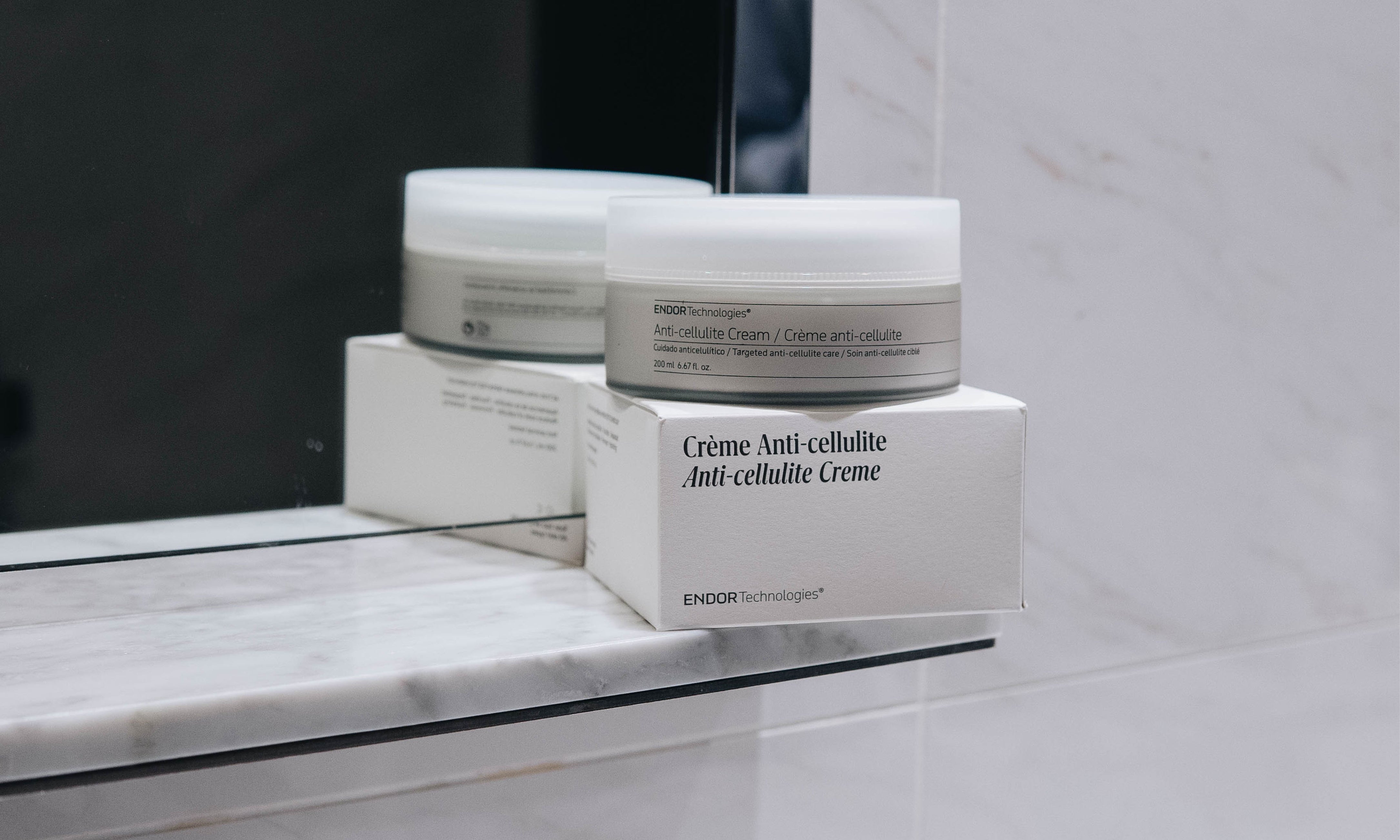
Understanding Cellulite
Once upon a time, skin imperfections (think cellulite, stretch marks, and scars) were immensely “hush-hushed” and even shamed. Fast forward to today, such “imperfections” are finally making their way to magazine spreads and modeling campaigns, such as the infamous Aerie Real campaign––a radical step in the right direction as younger generations can now look up to realistic, authentic body standards.
Today, not only do we have a better understanding of what cellulite is, we’ve finally come to break the barriers of acceptance and love ourselves (and our bodies) just the way they are. That being said, cellulite can be tricky to understand and deal with, so we put together a quick guide to give you the low-down.
WHAT IS CELLULITE, ANYWAY?
Cellulite gives the skin a dimpled appearance as the fat that lays underneath your skin is pushed towards the connective tissues. It can appear anywhere on the body, but is most commonly found on thighs and buttocks. Cellulite is incredibly common and entirely harmless.
As the fat storages under the skin (also called adipocytes) grow, the connective tissue that contains them (septa) pulls on the skin surface and deforms it. The distinctive structure of a woman’s dermis is the main reason that makes her more prone to developing cellulite.
WHO EXPERIENCES CELLULITE?
Approximately 90% of women experience cellulite, for the simple reason that their fat cells and connective tissues are arranged vertically. Men, on the other hand, have connective tissues that are in a criss-cross pattern––making it more difficult for the fat cells to rise to the surface.
Younger girls can notice cellulite development following puberty, as the level of estrogen in the body plays a major role in the onset of cellulite. Keeping in mind that while female bodies typically contain more fat than males, the skin condition can still affect people of any age, body type and level of physical health. While seen in women from all ethnic backgrounds, researchers have concluded that cellulite seems to be more prevalent in white European ethnicities.
CAN YOU PREVENT THE ONSET OF CELLULITE?
Sorry to let you in on this, but not really. The combination of factors such as genetics, race, metabolism, gender, the overall distribution of fat in the body and even the circulatory system can play a role in cellulite development.
However, you can minimize its appearance. Healthy lifestyle habits such as regular physical activity will keep the amount of fat cells in the body on a lower scale, which can reduce the chances of cellulite manifesting itself. That being said, because everyone has fat cells regardless of their weight, there is no guarantee that shedding of pounds will change the appearance of cellulite.
Of course, this also implies that a diet modern with lots of sugar, fats, and empty calories will not be beneficial. Healthy fats, lean proteins, lots of fruits and veggies and tons of water is always the way to go.
TREATMENT OPTIONS
Many people try to improve the appearance of their cellulite through weight loss, exercise, lymphatic drainages and creams (such as our Endor Technologies Anti-Cellulite Cream), marketed as a solution to cellulite.
Another helpful tool is the France Laure Aqua Laure Roller, a specialized massage accessory that helps accelerate fluid exchange, blood circulation, dislodges cellulite cupboards and congested areas in order to refine the silhouette.
Here are a few other helpful products we love:
FRANCE LAURE CIRCADIAN CRYOGEL - AQUA LAURE - $72.20
NELLY DE VUYST BODY BRUSH - $38.40
ESTHEDERM MORPHO FITNESS SLIMMING SERUM - $59
Various laser and radiofrequency treatments are also available and can tentatively reduce the appearance of cellulite for six months to a year. Multiple cryolipolysis treatments (also known as CoolSculpting) can help reduce the fat below the skin with a vacuum suction that raises tissue with contact with the cooling plates.
However, as mentioned above, the combination of genetics and hormonal differences may make the fight against cellulite one that we can never win. In which case, the most important thing to do is to love your bodies the way they are and celebrate them with pride!
Until next time,
The BSE team

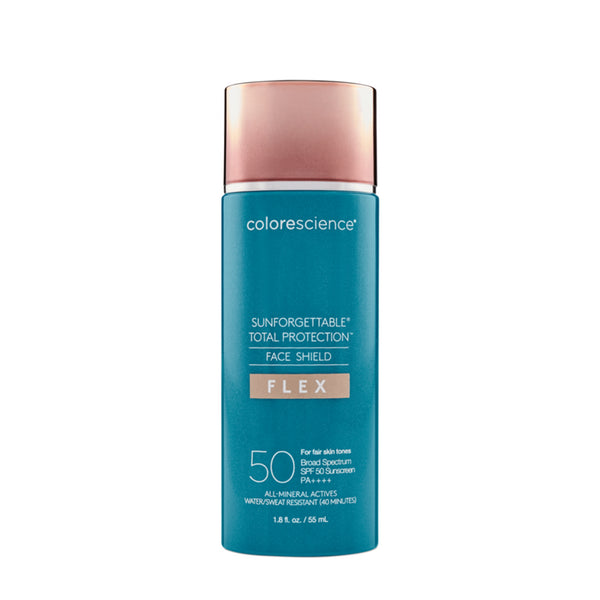
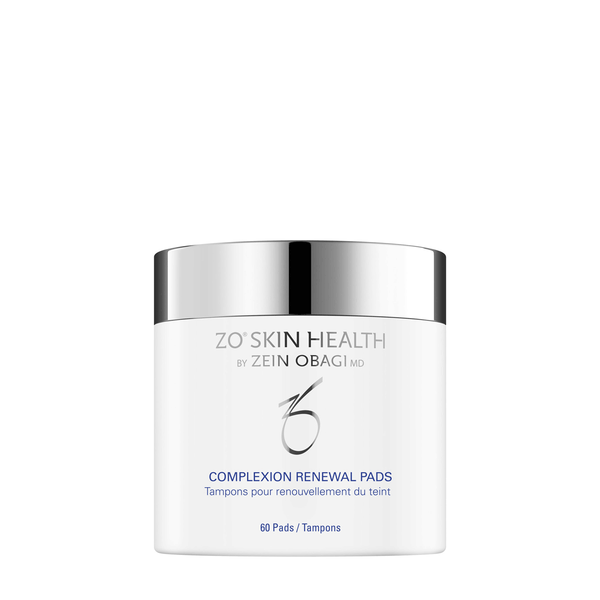
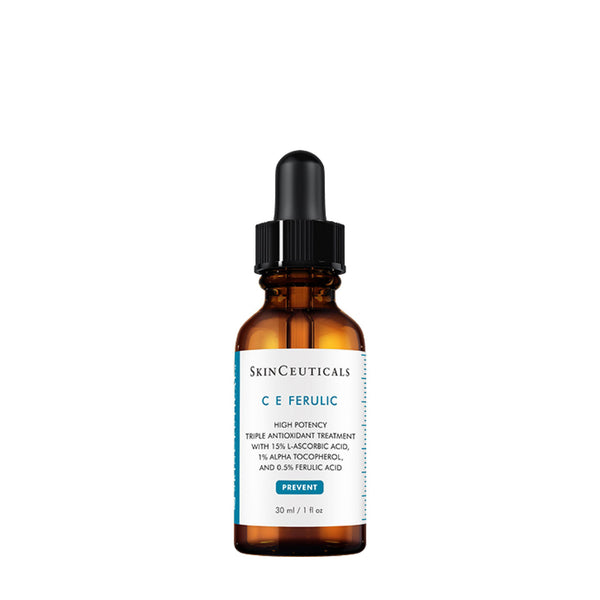
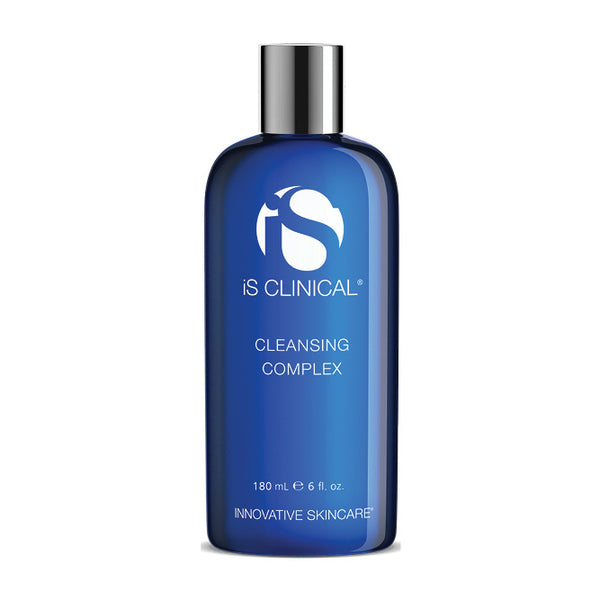
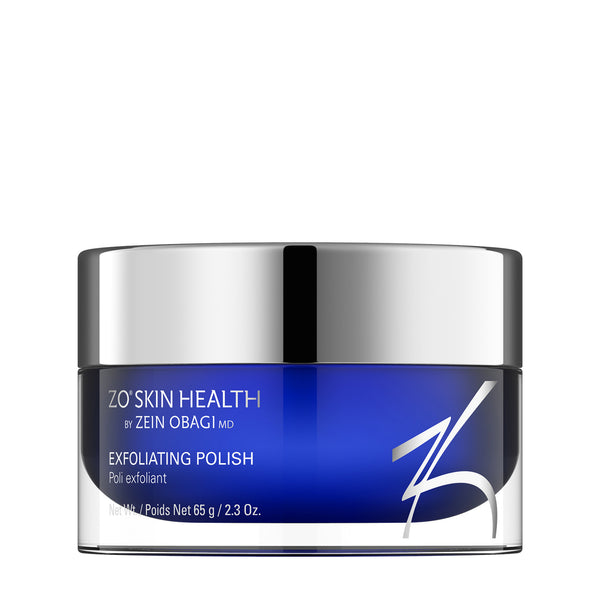



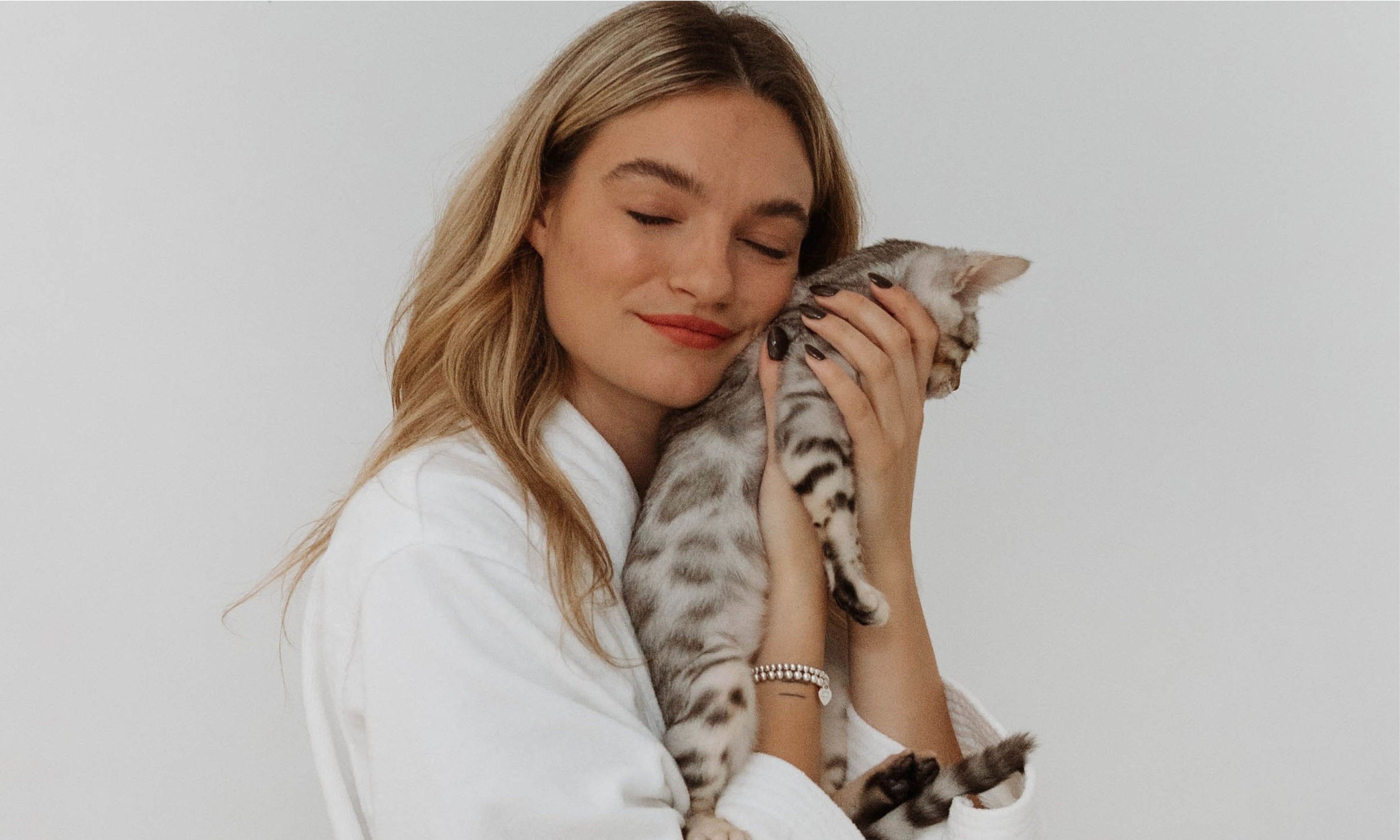




Leave a comment